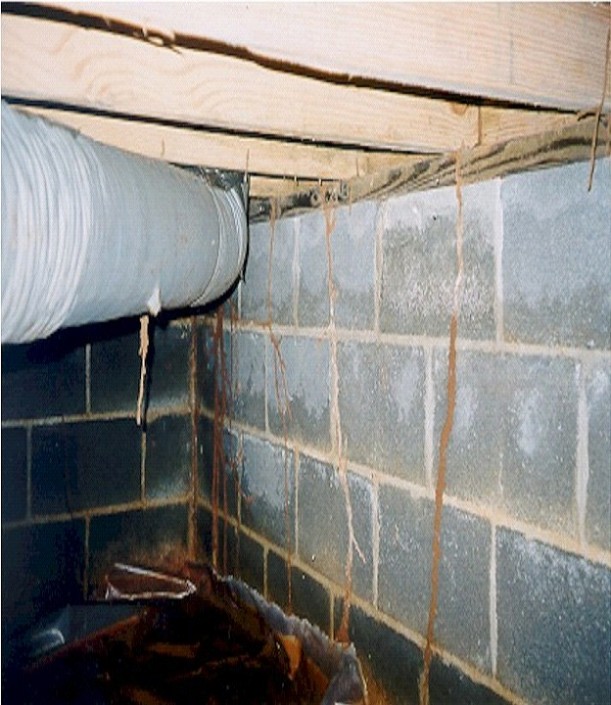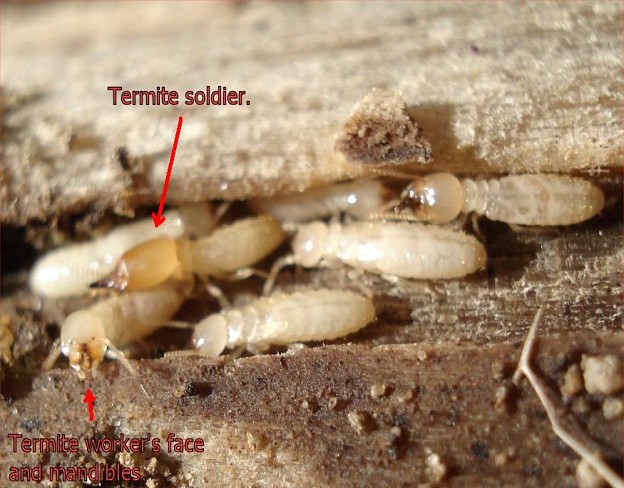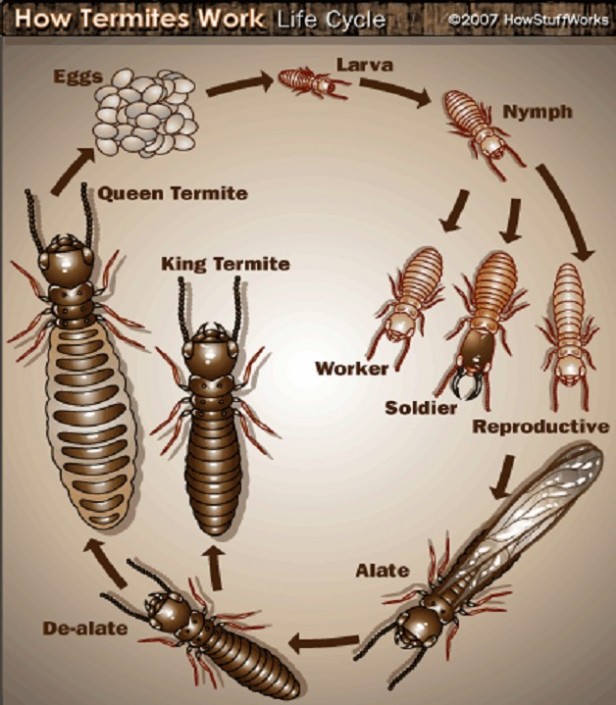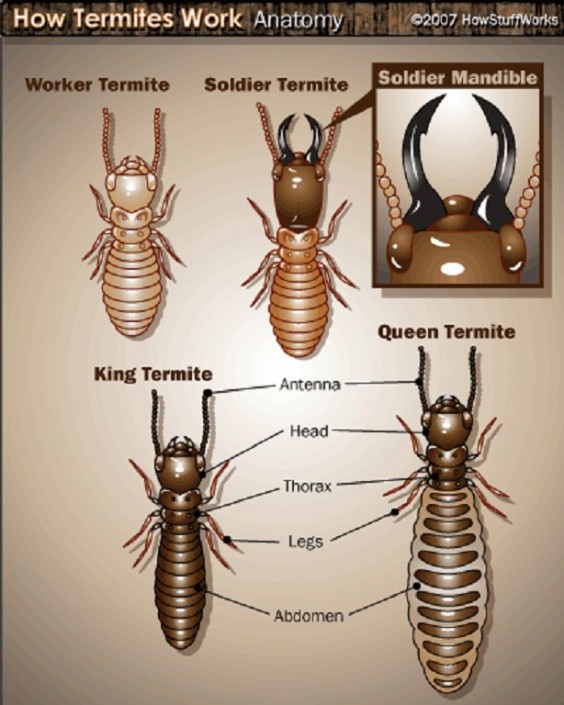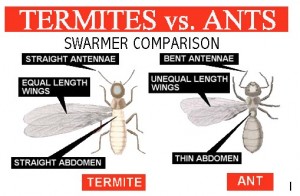SUBTERRANEAN TERMITE REPRODUCTIVES – SWARMERS
Primary termite reproductives are the king and queen, the swarmers that started the colony.
The king and queen mate periodically, and the queen may live as long as 25 years. Primary reproductives (king and queen) range in color from honey to black. They are about 1/4 to about 1/2 inch in length. The male and female mate for life and are responsible for producing eggs that become the workers, soldiers, and future alates of the termite colony.
Supplementary termite reproductives are produced in mature colonies or within groups of termites at distant feeding sites. They have light colored bodies. If the primary queen dies, the supplementaries can take over. A mature termite queen can lay thousands of eggs each year. During the two-week incubation period, eggs are tended by the worker termites. The nymph hatches directly from the egg. Attendants feed nymphs regurgitated food for the first two weeks, enabling them through molting to become workers, soldiers, reproductives, or supplementary reproductives. As the reproductive termite nymph matures, its body lengthens and sexual organs develop. The body turns black, eyes become functional, and wings extend twice its body length.
Winged termite reproductives (alates) are coal black to pale yellow-brown, flattened and about 1/4 to 3/8 inch long, with pale or smoke-gray to brown wings. Alates are also known as “swarmers.”

These termites can be differentiated from adult winged ants that have elbowed antennae, constricted waists, forewings are larger than the rear wings (unequal size), and not easily detached
All the mature termite reproductives leave the colony at the same time, usually in the spring and sometimes in the fall. Swarmers are poor fliers and, when above ground, usually flutter a few yards and fall. Swarmers, emerging outdoors from tree stumps, railroad ties, etc., are usually not of concern and are in no way an indication that the structure is infested. After dropping to the ground, they shed their wings. Surviving males find compatible mates and then burrow into the ground to become king and queen. These termites live in nests underground and tunnel up for food, which includes the wood under-structure of homes.
A very small percentage of swarming termites survive to initiate new colonies. Many are eaten by other insects, birds, etc. Likewise, swarms emerging inside a structure usually never survive. However, it is an indication of infestation.
Swarmers have straight, bead-like antennae, a thick waist, and a pair of long, equal-length wings, that break off easily. The presence of winged termites, or their shedded wings, inside a home should be a warning of a termite infestation.
These termites can be differentiated from adult winged ants that have elbowed antennae, constricted waists, fore-wings are larger than the rear wings (unequal size), and not easily detached
ALATES
Alates are winged, reproductive’s that fly from the nest in their thousands, eager to establish a new colony. Because Alates are poor flyers they generally only fly some 50 – 100 meters from the parent nest. As such when observing flying Alates you can generally assume a termite nest is near-by.
Swarming ants versus Swarming termites
Swarming ants versus Swarming termites: Swarming ants are termites are often confused, this picture shows the difference:
1. Don’t affix wooden trellises to exterior walls.
2. Keep mulch, wood debris, scrap lumber, sawdust, and firewood away from your home. If you do keep
firewood outside your house during the winter, keep it raised off the ground.
3. Trim all shrubs, bushes and other dense greenery away from the foundation of your home. Move mulch away
from the foundation as well.
4. Don’t bury wood debris near your home.
5. Remove infested trees and stumps.
6. Repair leaking faucets and water lines, both indoors and outdoors.
7. Fix leaky roofs and gutters.
8. Don’t allow leaves to accumulate in gutters and drains.
9. Grade soil so that water (including air conditioning condensate water) runs away from foundations. 10. Ventilate crawl spaces and attics to reduce humidity.
11. Cover at least 90% of the soil in crawl spaces with plastic sheeting.
12. Ideally, wood siding, stucco, and foam board should be at least six inches away from the ground.
Seal all cracks and holes in your home’s foundation, which may provide a handy access point for termites
Carpenter Ants
Carpenter ants are important decomposers of forest trees, burrowing within it to nest and feeding on insects, plants and fruit juices. However, they do move from their native woods to the structures of homes looking for water and human or pet food. Although they are slow to cause harm, carpenter ants can do serious damage to a home if they are not adequately controlled. Fortunately there are several least-toxic options to control carpenter ants once they have been properly identified.

Carpenter ants have humped backs, are about ½ inch long and are black with gray, yellow or red hairs on their body and legs. As these ants are commonly misidentified, consult your local university entomologist or Cooperative Extension Service agent if you are unsure whether carpenter ants are infesting your home and yard.

